A Trade Mission to Manila on Aid-Funded Business is being run by DIT and UK-ASEAN Business Council on 13th – 16th March 2018
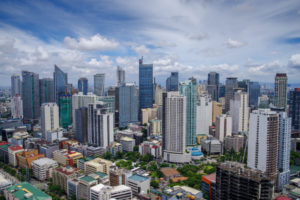
metro manila Philippines
The BOF is a multi-sector event, but this mission will place a particular emphasis on DIT’s priority sectors of infrastructure (transport, water, urban and rural development), energy (renewables, environment and climate change), and education and skills.
You may access the BOF’s indicated programme here. Interested parties are required to register directly through the ADB’s event page by 11 February here.
Mission Programme
The DIT mission programme will include attendance at ADB BOF sessions, a UK networking reception with ADB and regional stakeholders, a possible side-event with the World Bank. If earlier advised, DIT can also support the arrangement of one-to-one meetings.
By the end of the mission, participants will have had first hand knowledge and better understanding of the advantages of aid-funded business and how to access such opportunities, learned best strategic positioning for project bids and proposals, and widened their network of prospective business partners in the region.
For potential delegates coming from the UK, the week would look like so (working programme as of 18/01/18):
| Date | Agenda | |
| 12 March (Monday) | Depart London for Manila | |
| 13 March (Tuesday) | (afternoon) | Arrive in Manila |
| 1830h-1900h | UK Mission Briefing | |
| (venue TBC) | ||
| 14 March (Wednesday) | (morning) | ADB Business Opportunities Fair (Day 1) |
| 1215h-1400h | UK Mission to the ADB Networking Reception | |
| Venue: Executive Dining Room Lounge, Asian Development Bank, Ortigas Centre | ||
| (afternoon) | ADB Business Opportunities Fair (Day 1) | |
| (evening) | ADB Networking Cocktails | |
| 15 March (Thursday) | ADB Business Opportunities Fair (Day 2) | |
| 1500h-1600h | World Bank Country Office visit (TBC) | |
| Venue: 26/F One Global Place, 25th Street, Bonifacio Global City, Taguig City | ||
| 16 March (Friday) | One-on-one meetings (optional) | |
| Depart Manila for London | ||
Eligibility
Successfully doing business with the ADB requires an established track record in relevant sector activity; regional knowledge and contacts; and the ability to deploy expertise to the region over a period of time.
This mission is best-suited for UK companies that: (a) have experience in donor-funded contracts and wish to expand this with the ADB; (b) have experience and operations in Asia Pacific who wish to expand this by exploring aid-funded business; and/or (c) have case studies of success in areas relevant to ADB operations which are replicable to the region.
Next Steps
Eligible companies should express their interest with Victoria Sibal: victoria.sibal@fco.gov.uk. Official joining instructions and mission details will be sent upon expression of interest to participate. Deadline for mission registration is 5 February 20


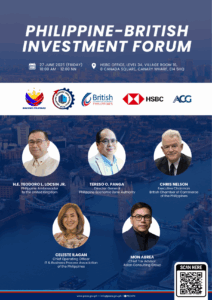


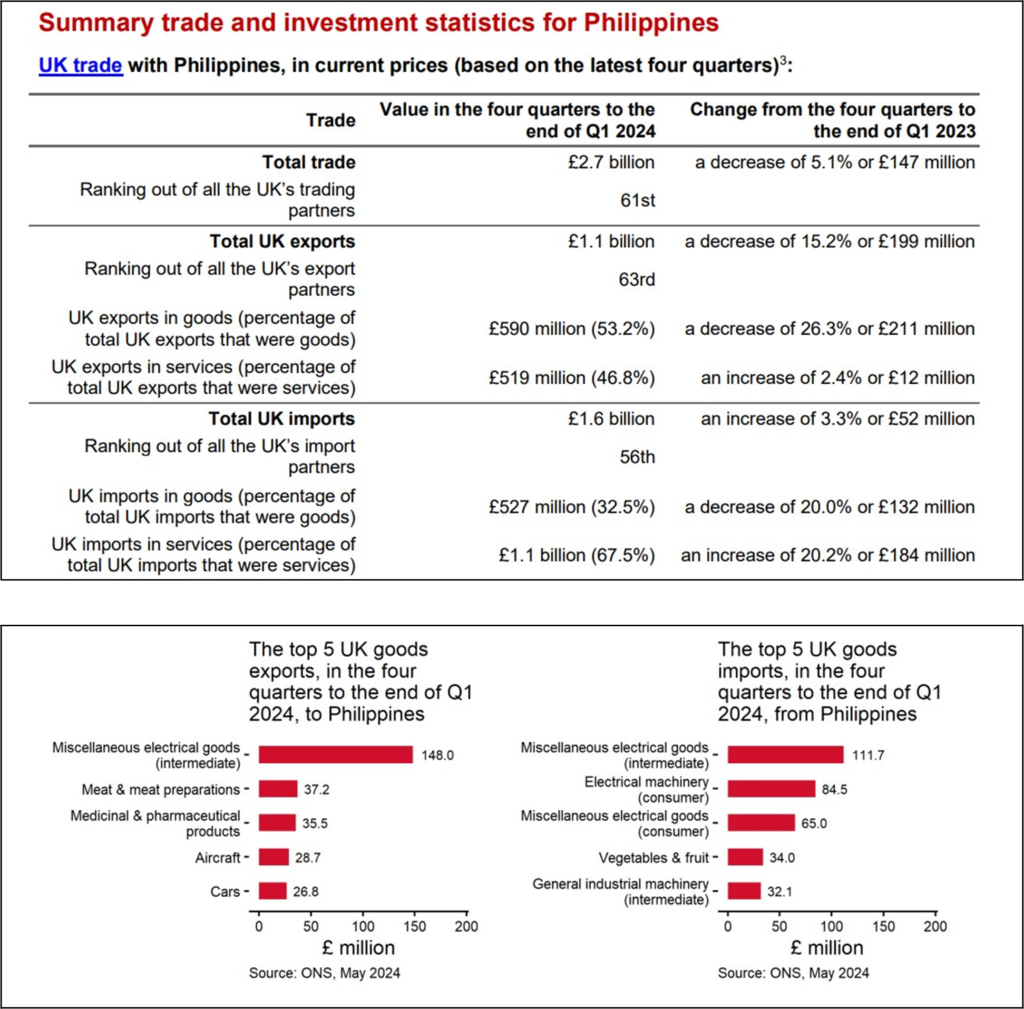
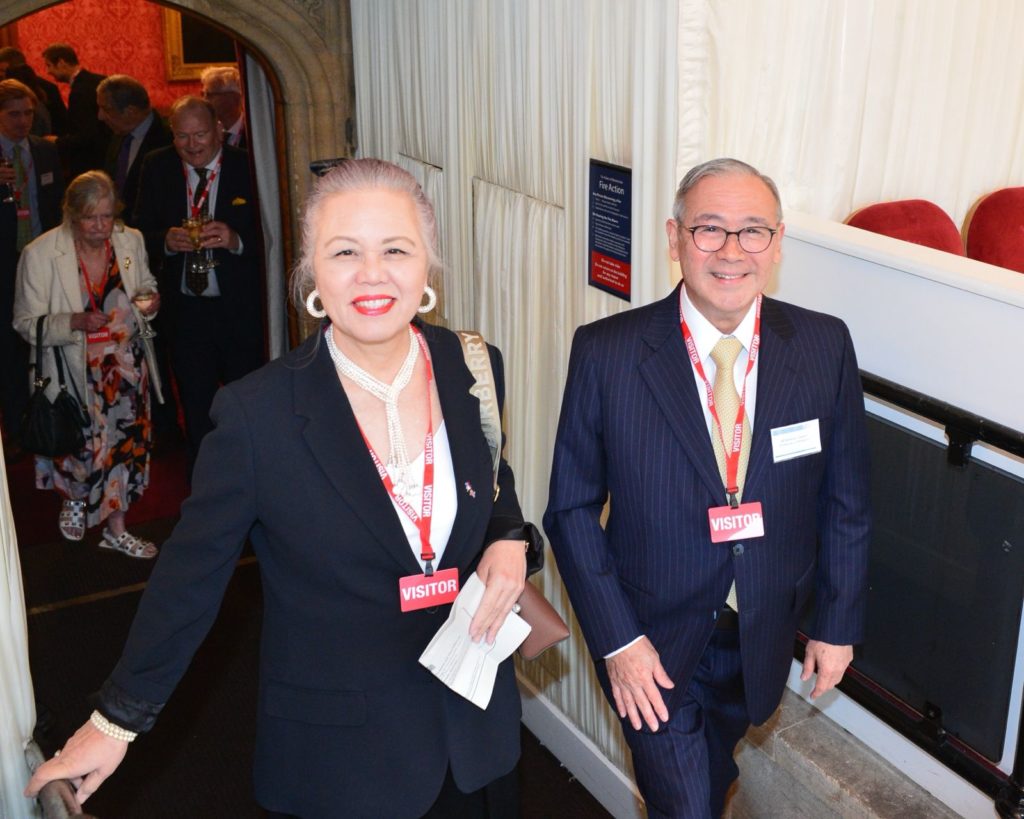
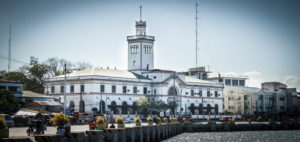 Following last year’s successful trade mission in Davao, the British Chamber of Commerce Philippines (BCCP) is visiting Iloilo City this year to encourage more businesses expand operation in the Visayas region. The National Economic and Development Authority (NEDA) earlier forecasted that the average growth rate in the Visayas region will be higher than the government’s targeted national GDP growth for 2017-2022. In addition, there’s a growing interest of British companies in regional investment opportunities in the county.
Following last year’s successful trade mission in Davao, the British Chamber of Commerce Philippines (BCCP) is visiting Iloilo City this year to encourage more businesses expand operation in the Visayas region. The National Economic and Development Authority (NEDA) earlier forecasted that the average growth rate in the Visayas region will be higher than the government’s targeted national GDP growth for 2017-2022. In addition, there’s a growing interest of British companies in regional investment opportunities in the county.







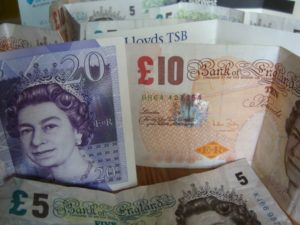
Recent Comments